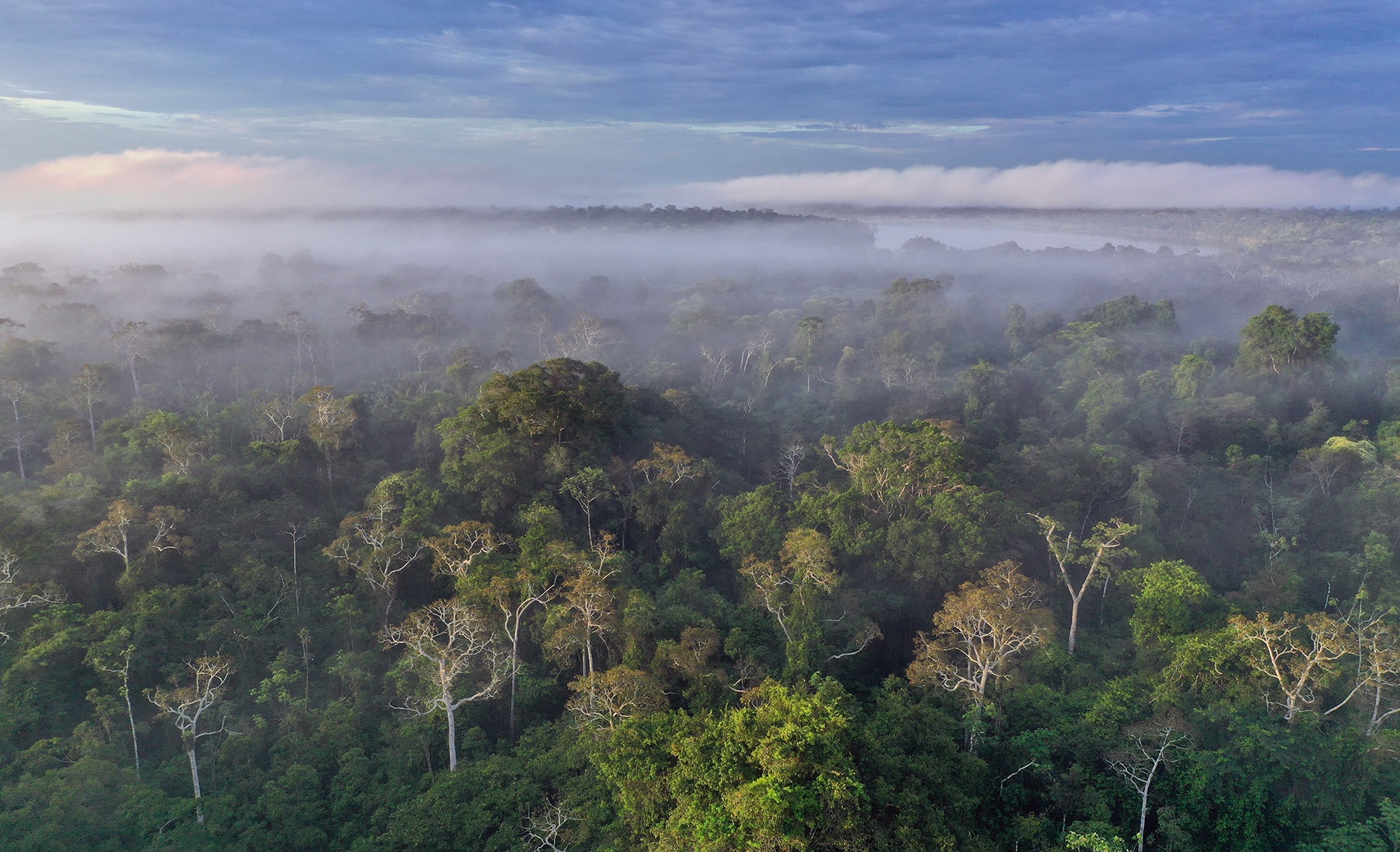
Brazils National Institute for Space Research (INPE) reports a 27% rise in Amazon deforestation in the first half of 2025.
The forest lost 2,090 square kilometersan location almost twice the size of New York Cityreversing 2 years of progress.Fires drove the majority of this increase.
In 2024, the Amazon saw over 140,000 fire break outs, the greatest in sixteen years.Many of these fires took place after a record drought dried the forest, making it a lot easier to burn.
INPE information programs locations impacted by fire jumped 266% compared to last year.The states of Mato Grosso, Par, and Amazonas suffered the most.
Mato Grosso alone lost over 1,000 square kilometers.Most new logging signals originated from personal landowners, showing that economic activitymainly for farming and ranchingremains a major driver.Brazils Amazon Forest Loss Jumps in 2025, Losing an Area Nearly Twice the Size of New York CityMeanwhile, the Cerrado, Brazils essential farming region, saw deforestation drop by nearly 10% to 3,358 square kilometers.This drop followed more stringent federal government controls and new contracts among states to combat illegal clearing.
The Amazons forests assist control rains and shop carbon.Brazils Amazon Forest Hit Hard in 2025, Nearly Twice New York Citys Area ClearedFires and tree loss release substantial amounts of co2, which intensifies climate change and threatens water supplies for farming and energy.These changes can interrupt international supply chains for items like soy and beef, raising costs and dangers for businesses.Amazon and Beyond: Brazil Faces Historic Year of Devastating FiresThe 2025 data shows that protecting forests is not just about the environment.
It is likewise about keeping markets steady and ensuring food and water security.The sharp rise in fire-driven logging warns that development can quickly reverse, specifically as droughts and climate extremes become more common.Business leaders and policymakers now face a clear choice: invest in much better land management and fire avoidance, or danger higher losses to the economy and the environment.

 6
6







